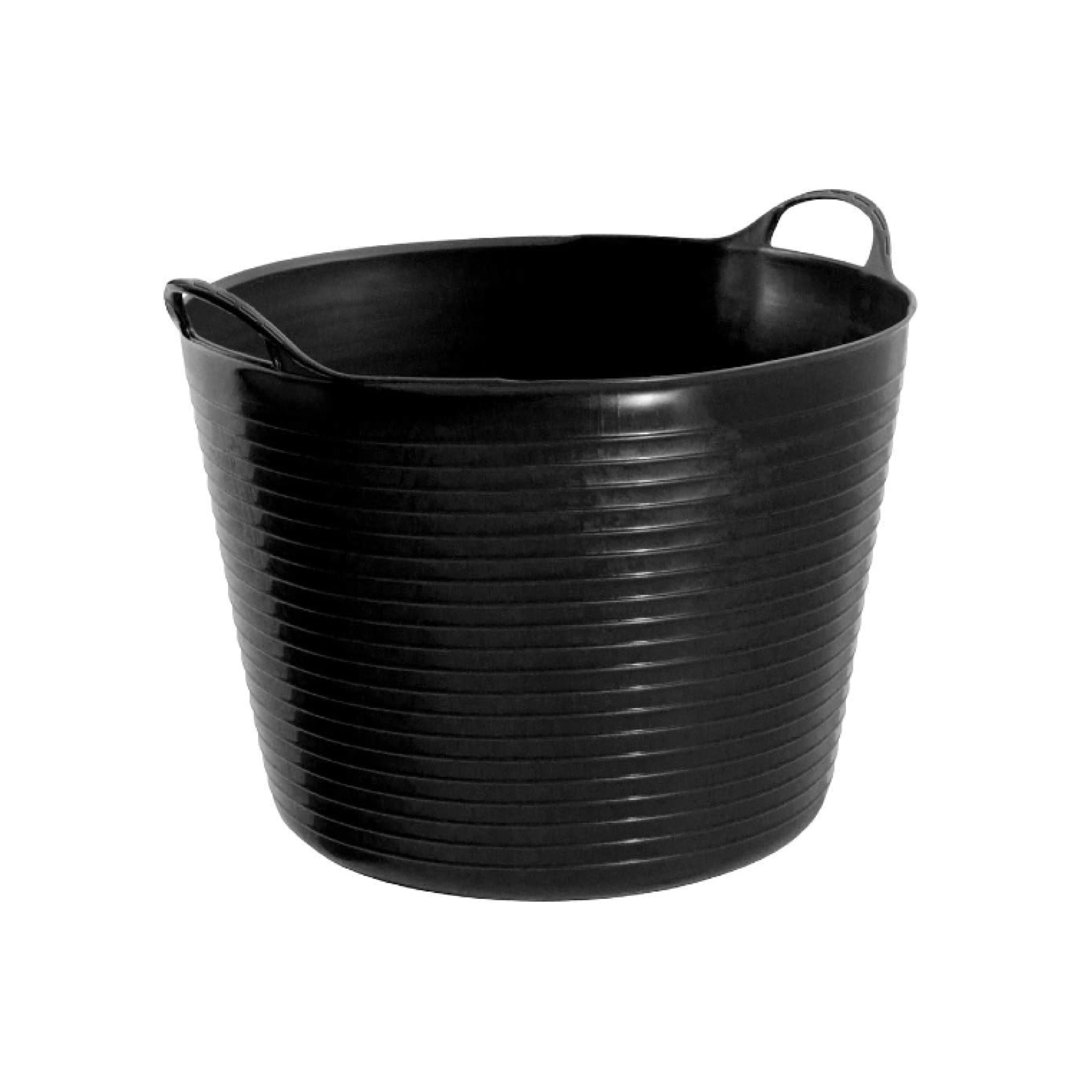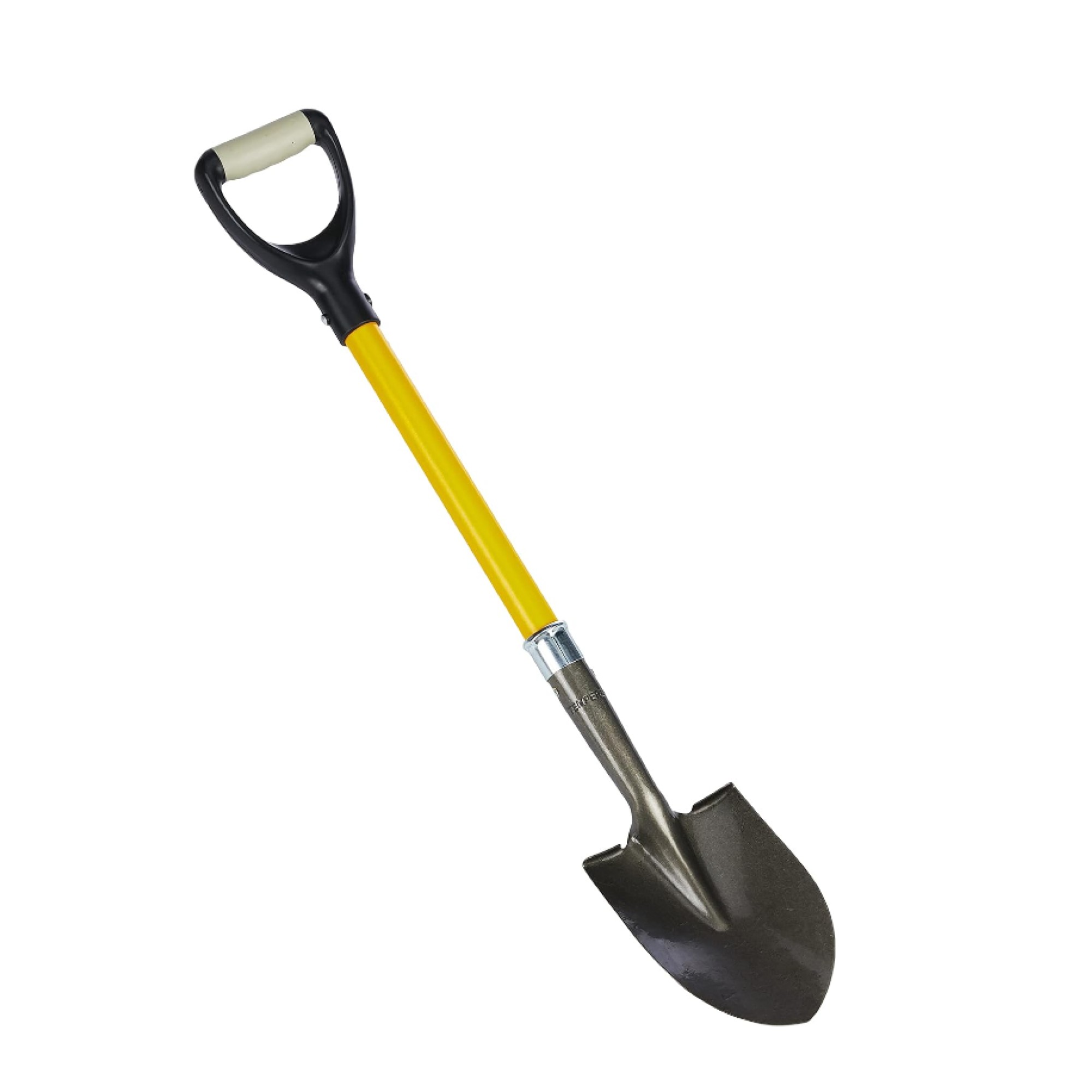How to plant bare root trees – the cheaper and easier alternative to potted trees
Now’s the time so better get to it
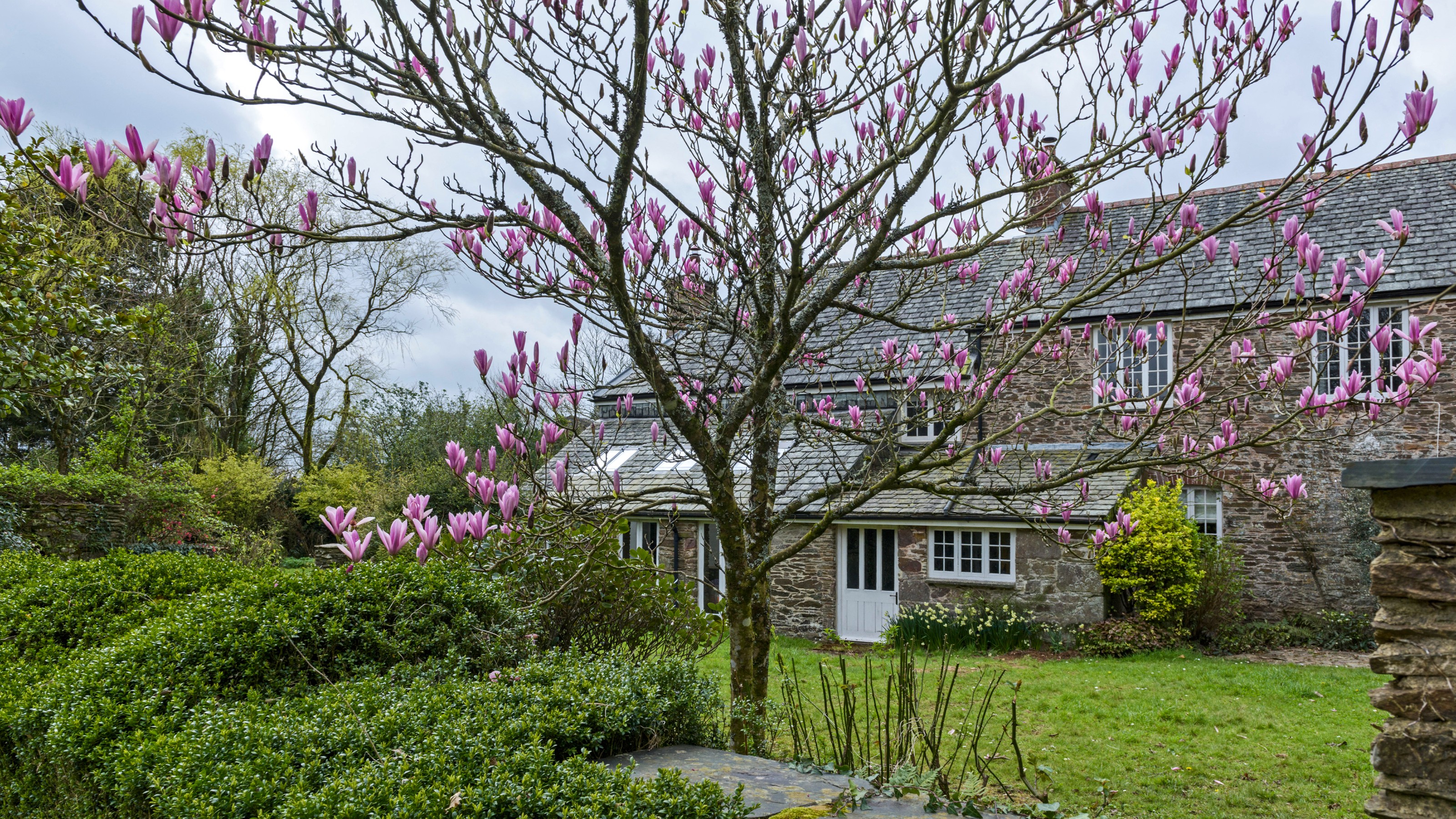
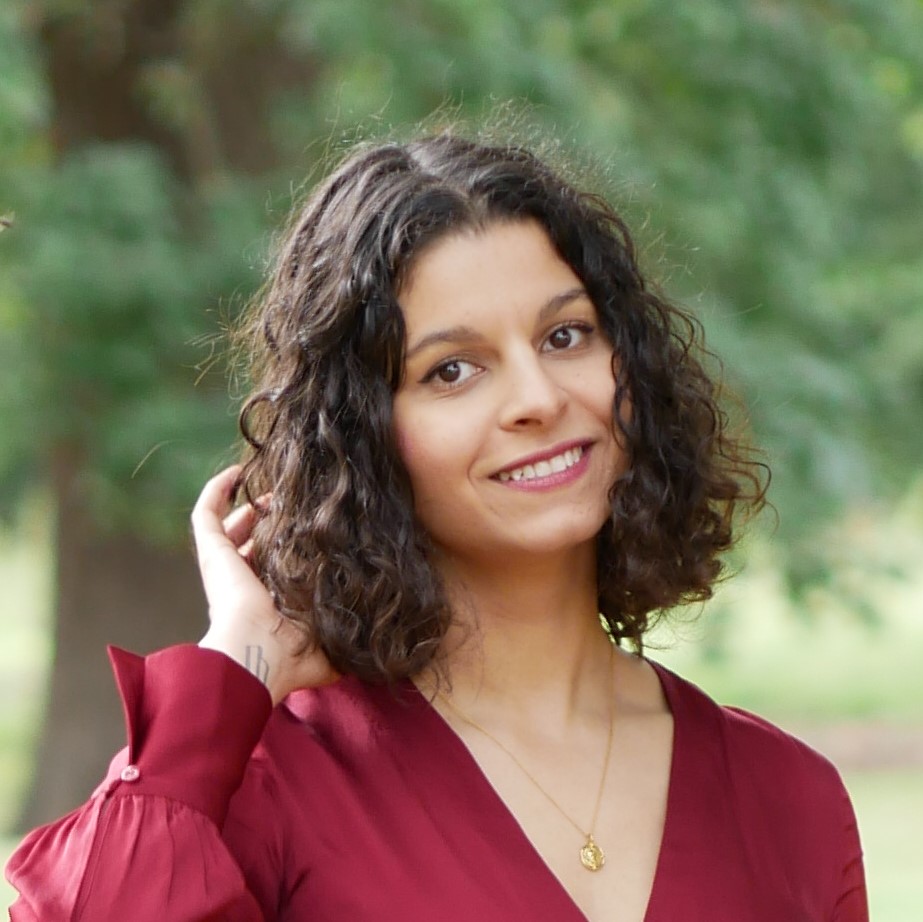
It’s November! Which means a few things if you’re an avid gardener. One of those is that the season for planting bare root trees has truly commenced. But if you’re not a gardening pro, then you might need a helping hand in how to plant bare root trees.
Experts from The Wildlife Trust say that we should all plant a fruit tree this autumn. And as it happens, bare root fruit trees are cheaper to buy than potted ones and quicker to grow than planting seeds. So we’re sold.
While the bare root tree planting season lasts until early spring before their buds start to break, we recommend doing so before the frost arrives as a frozen ground is no good for planting your trees, according to our experts.
How to plant bare root trees

Firstly, let’s establish what exactly bare root trees are, in case it wasn’t obvious by their name. ‘Bare root trees are trees that are sold with their roots exposed instead of being already planted in a pot,’ says Steve Chilton, garden expert at LeisureBench. ‘They have to be harvested during their dormant season when the tree isn't actively growing. This prevents the tree from being damaged when being harvested.’
It’s well-known that certain trees up the value of your garden, with the likes of cherry and olive trees included. So why not let your next planted tree be a bare root one with its breadth of benefits?
They are often compared against their potted counterparts and most of the time, they come out on top for several reasons. ‘If you’re looking to save on cost, bare root trees are a great alternative as they can be around 30-50% cheaper than potted trees of the same size,’ says Jack Sutcliffe, gardening expert and co-founder of Power Sheds.
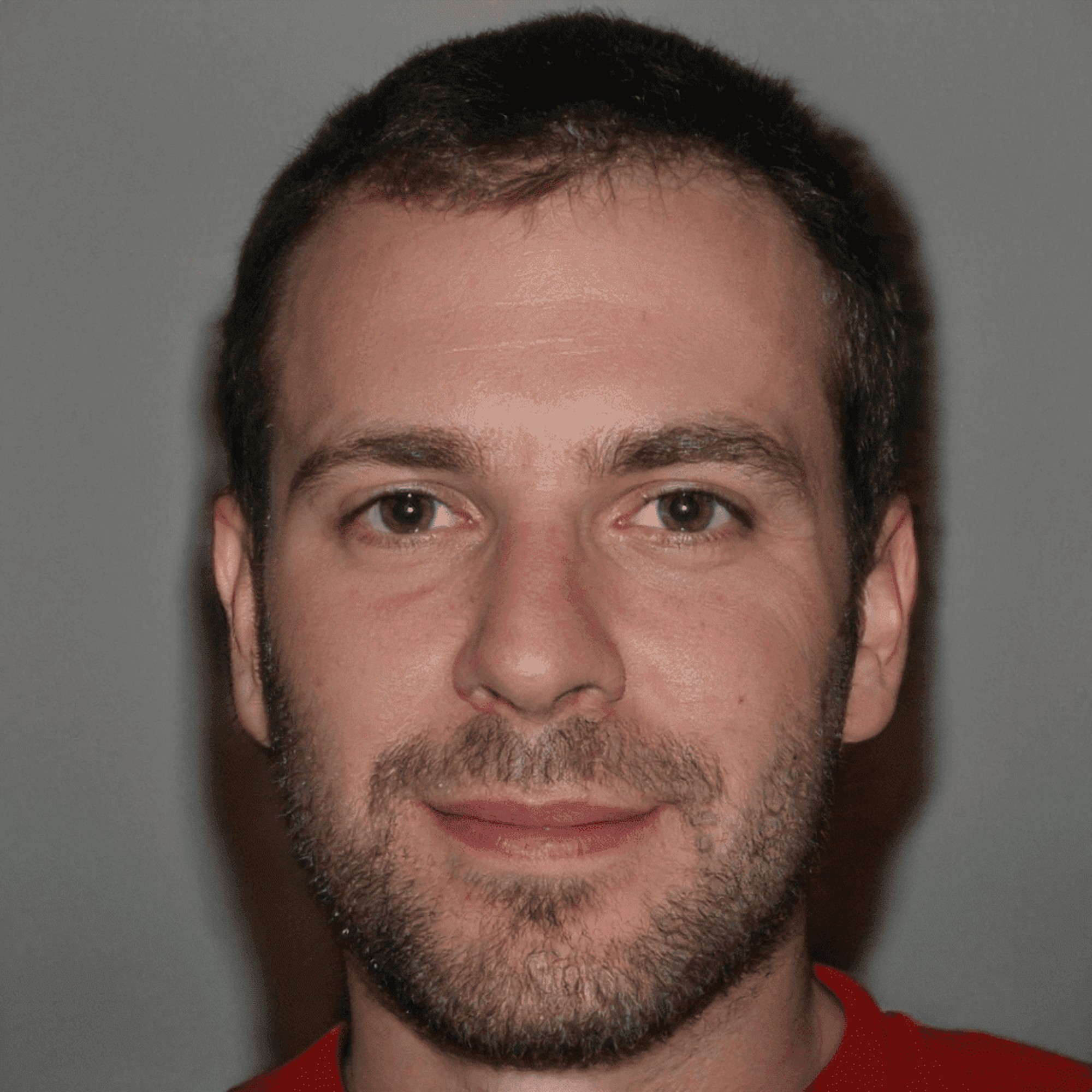
Steve is a passionate and knowledgeable garden expert with several years of experience within the field. As the director of LeisureBench, an industry-leading garden furniture company, Steve has developed strong expertise for all things nature and plants.
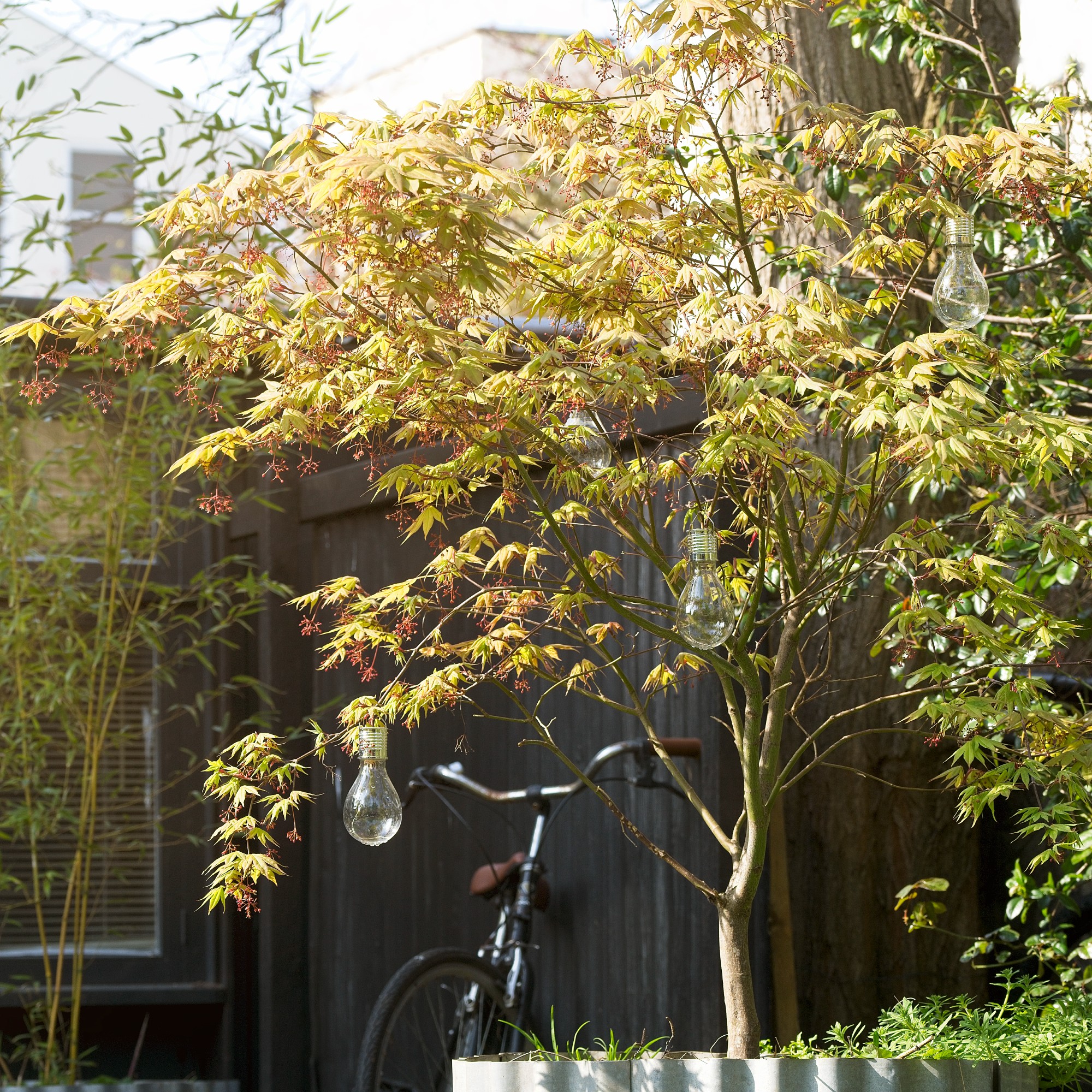
Petar Ivanov, gardening and plant expert at Fantastic Gardeners, chimes in, ‘Because they don't require extra labour and materials, bare root trees cost the seller and buyer less and a young tree without soil is easier to move and plant as it weighs less than a potted tree.’
Get the Ideal Home Newsletter
Sign up to our newsletter for style and decor inspiration, house makeovers, project advice and more.
And finally, they tend to be healthier compared to potted trees, according to Steve. ‘Bare root trees usually have healthier root systems. This is due to the fact that they're not confined to a pot and their roots can grow naturally and spread out, as well as the fact that their roots are exposed so you can choose healthier plants when purchasing the tree in the first place. This often means the trees grow faster, as the roots have better nutrient uptake.’
What you’ll need
- A gardening bucket like this one from Amazon
- A shovel like this one from Amazon
- A watering can like this one from Amazon
Step-by-step guide
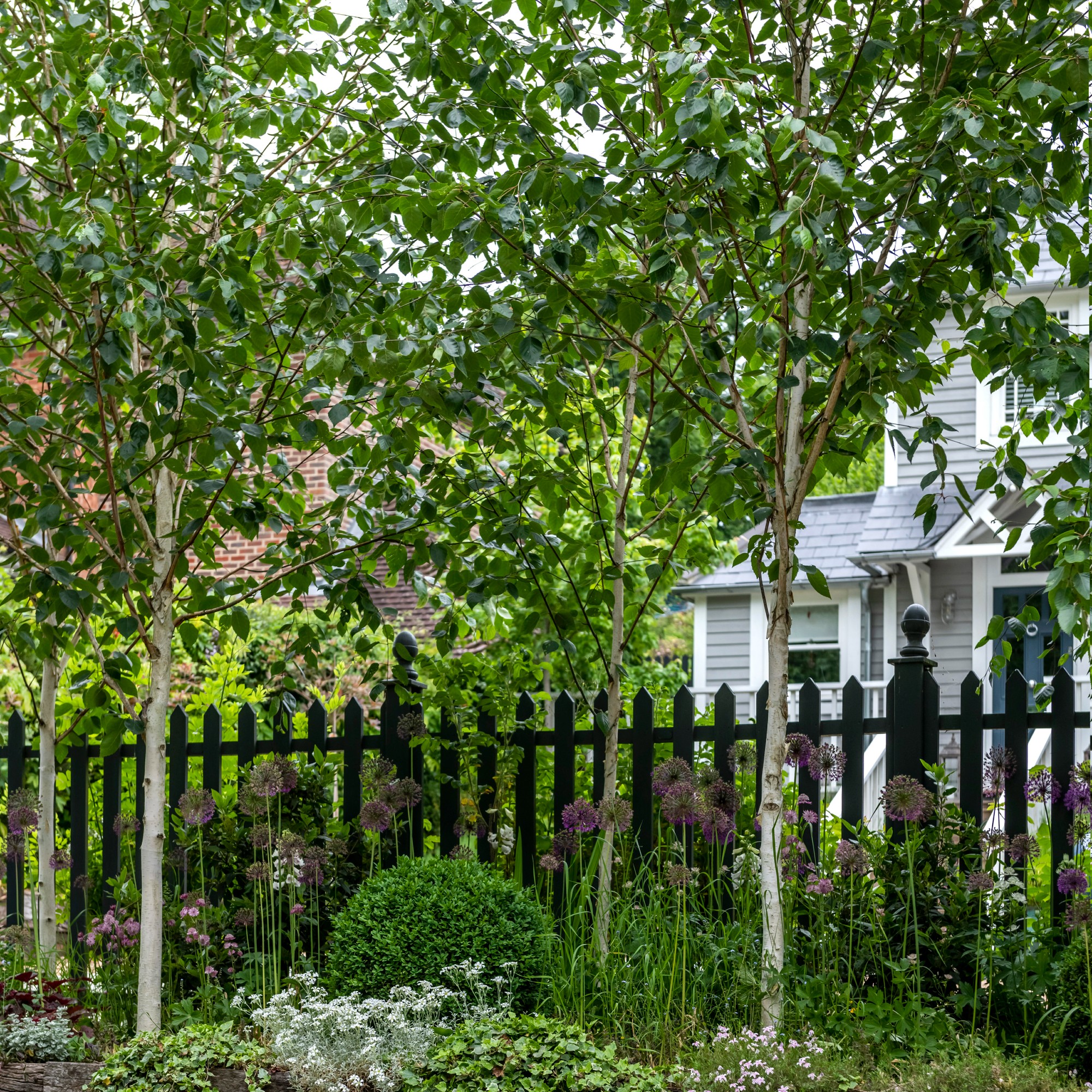
Once you choose the best bare root tree for you and bring it home, it might be beneficial to place the tree’s roots in a bucket of water for a couple of hours to make sure the roots are sufficiently hydrated.
Similarly to the process of planting bulbs in grass, choosing the right spot for your tree is crucial. ‘Select the right location. This will depend on what type of tree you have, however for all bare root trees you must make sure that the roots (when planted) will be free from obstacles and other plants,’ Steve explains.
When establishing what the best location for your tree is, it’s time to dig. ‘Prepare the planting hole by digging a large square or rectangle that’s wide enough to accommodate the roots when they're fully spread out. Your hole is likely to be much wider than it is deep,’ Jack advises.

Then you can place your tree in its new home. ‘If the original soil level mark isn’t obvious, make sure that the top of the root system sits just below ground level. Provided the roots are entirely covered, it’s better to plant slightly too shallow than slightly too deep. The most common reasons that new bare root shrubs and trees fail are being planted too deeply and not being watered enough while they establish themselves.’
Once you cover the roots with soil, make sure you don’t fill and press too firmly.
That’s right, don’t forget to water your new tree generously. ‘Make sure to provide it about 5 gallons of water at the time of planting, pouring it slowly so it has time to soak down into the soil,’ Petar says.
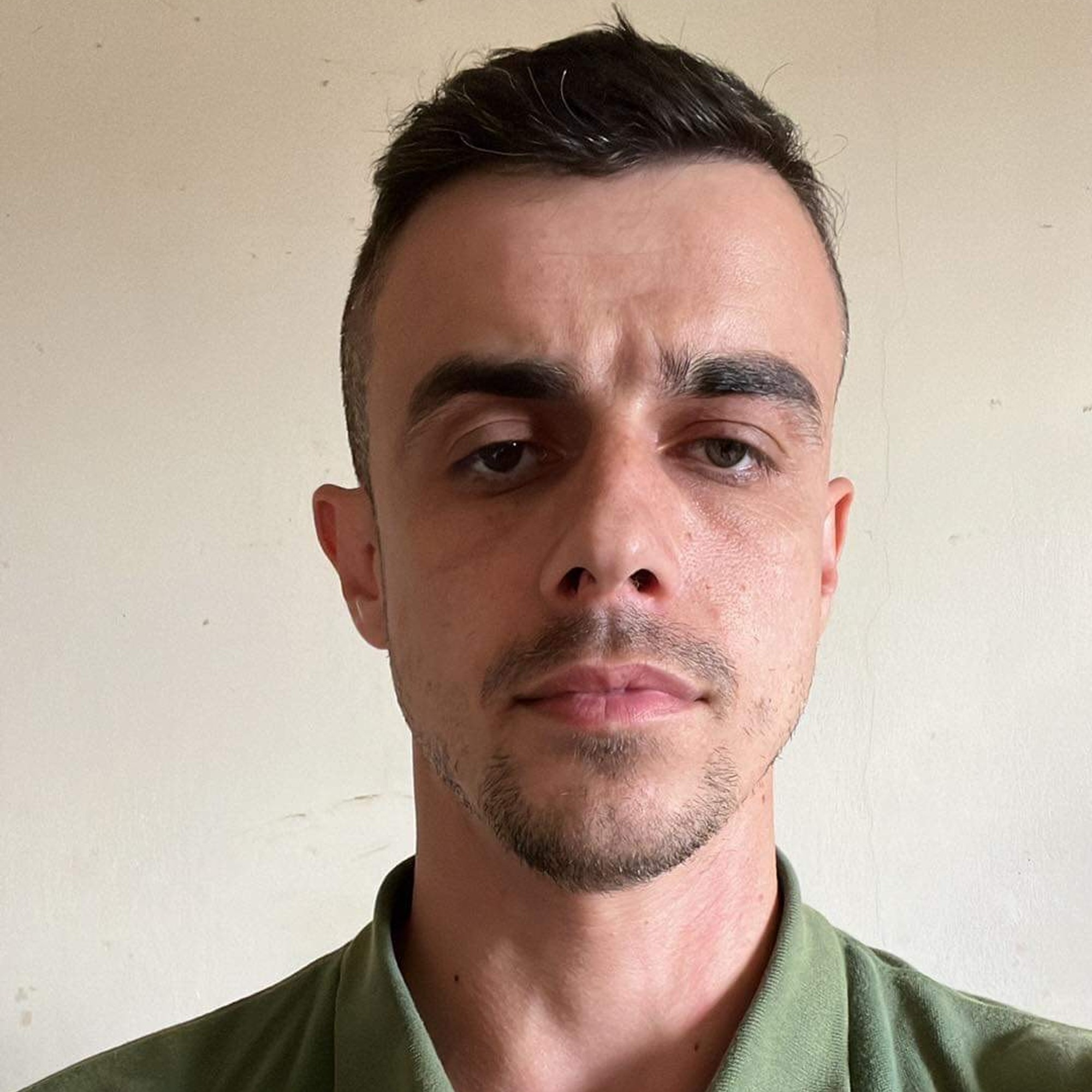
Petar Ivanov is one of the company's top-performing experts and manages over six teams of gardeners, delivering stunning landscape results and fostering a deep connection with nature through his work.
What to do with bare root trees before planting?
Once you purchase your bare root tree, it’s a good idea to soak its roots in water before planting it in the ground.
‘It's recommended that you soak the roots in water for a couple of hours in order to ensure they're hydrated,’ Steve says.
Is it too late to plant bare root?
The ideal time to plant bare root trees is from November to early spring. So right now is the perfect time to do so.
‘Bare root tree season typically starts around November when the plants enter their dormant/inactive phase. As there is no soil around the roots, this dormant phase is the perfect time to plant them and decrease stress to the tree. Try to avoid planting if there is ice, snow or waterlogged ground, but once planted the frost and cold temperatures will not harm them,’ Jack advises.
Petar adds, ‘It's crucial to plant bare-root trees before they bloom or wake up from dormancy.’
And that’s how planting bare root trees is done.

Sara Hesikova has been a Content Editor at Ideal Home since June 2024, starting at the title as a News Writer in July 2023. She is now also the Ideal Home Certified Expert in Training on Furniture, and so far has tested 80 different sofas.
Graduating from London College of Fashion with a bachelor’s degree in fashion journalism in 2016, she got her start in niche fashion and lifestyle magazines like Glass and Alvar as a writer and editor before making the leap into interiors, working with the likes of 91 Magazine and copywriting for luxury bed linen brand Yves Delorme among others.
-
 Will a conservatory add value to your home and how can you maximise it?
Will a conservatory add value to your home and how can you maximise it?This is what the pros say
By Amy Reeves
-
 I’ve been looking for a new signature scent for my home and The White Company's new fragrance is the exact summer holiday smell I needed
I’ve been looking for a new signature scent for my home and The White Company's new fragrance is the exact summer holiday smell I neededSantorini smells fresh, summery and sophisticated
By Kezia Reynolds
-
 How to remove algae from garden walls in five steps – and the cleaning product experts rave about for tackling it fast
How to remove algae from garden walls in five steps – and the cleaning product experts rave about for tackling it fastExperts share their top tips for getting garden walls algae-free
By Katie Sims
